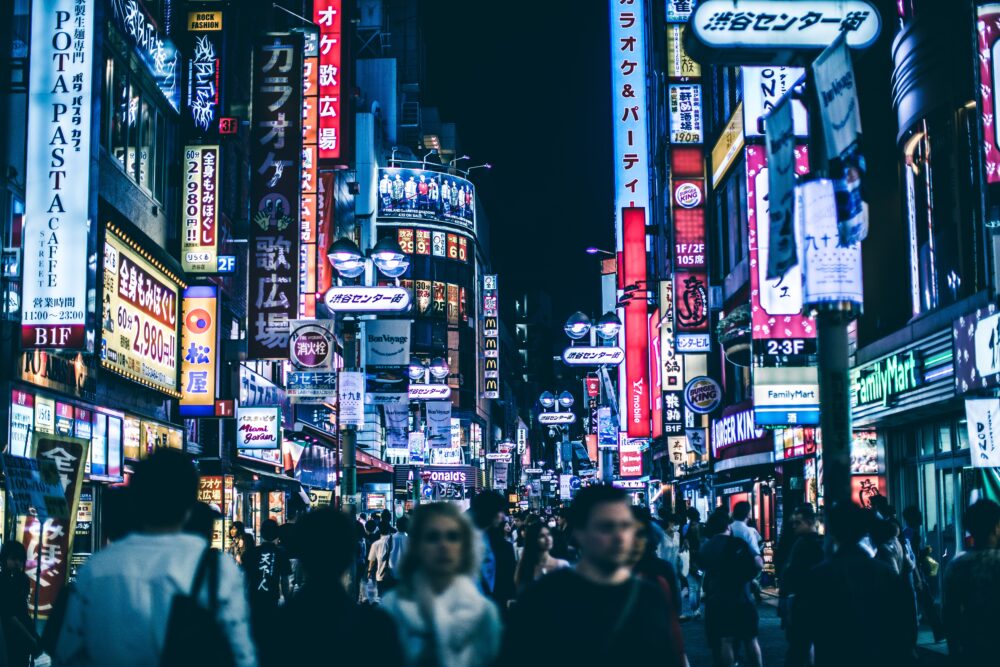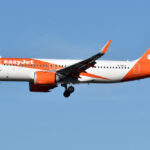Japan is a beautiful place that can be visited all year round, but it can also be overwhelming for first-time visitors. As it is a technologically advanced country, many tech gadgets and tools can help you.
From translation apps to eSIM cards, these tools can help you navigate the city, stay connected, and translate languages, making your trip much more convenient and enjoyable.
1. Translation apps
Language barriers can be a major obstacle when travelling to Japan. However, many tools and devices can help bridge the language gap.
Some popular options include Google Translate, Papago, and other dedicated language translation devices. These apps and devices can translate text, speech, and even images, making it easier for tourists to communicate with locals and get around.
If you ever need help with transportation, Japan’s government is introducing a new automated translation window to help foreigners navigate through the complex transportation hubs. Customers can communicate with station attendants through a semi-transparent window with microphones. The screen between them will display the customer’s words in both Japanese and target languages, covering 11 different languages in total.
The technology is currently being tested at the Seibu Railway at its Seibu-Shinjuku station for three months. It was also trialled at Kansai International Airport earlier this year.
2. Navigation apps
Navigating Japan without knowing any Japanese can be daunting, but it is possible with the help of the right apps. Some of the recommended navigation apps include Google Maps and MAPS.ME.
If you’re looking for local apps, check out the Japan Official Travel App from the Japan National Tourism Organization (JNTO) and Tabimori from the Narita International Airport Corporation.
NAVITIME is a good option for navigating Japan’s public transportation system. It provides information on train, subway and bus timetables and stops, pedestrian routes, taxi fare estimates, travel duration, and other essential details. The app is available in English and Japanese and can be used offline.
Hungry and trying to figure out where to eat? GURUNAVI is here to help you. It’s an app that can locate the area’s best restaurants and dining places. You can filter the information by city, price, menu and even fine dining establishments.
3. Cashless payment methods
Cashless transactions are becoming more common in Japan. While there are still some places where cash is required, cashless shopping is becoming the norm.
Contactless payments, in particular, are becoming more widespread. They are a secure payment method that uses RFID (Radio Frequency Identification) technology. RFID allows payment devices, such as debit or credit cards, IC cards, or smartphones, to be read by a contactless reader without swiping or inserting the card. Japan’s most widely used credit cards are Visa, JCB, and Mastercard.
Keep in mind that smartphone payment methods used overseas, such as Apple Pay, Google Pay, and AliPay, may not be accepted in Japan. The most popular smartphone payment apps in Japan are LinePay, PayPay, MerPay and Rakuten Pay. These apps can also be used to make QR code payments.
4. eSIM
eSIM is a valuable tool when you’re travelling abroad. It is a digital SIM that allows you to activate a cellular plan from your carrier without a physical SIM card.
Sure, you can get a Japan SIM card when you’re there, so why bother getting an eSIM? Well, eSIM, such as one from Holafly, will always be available as long as you don’t delete them. It takes up less space, and you don’t need to worry about losing them.
It’s not just in Japan. You can activate an eSIM in any country of your travel destination, although prices may vary depending on the plan.
To activate an eSIM, you need to check if your phone is compatible with eSIM, buy the prepaid plan, and scan the QR code sent to you. Now, your eSIM is ready, and you can use it to connect to the internet.
5. Stay charged
What do these tools and apps matter if you run out of battery? This is why power banks are the best tech travel gadgets.
Running out of charge can be the worst thing for a blogger, a photographer or a simple traveller using the smartphone for Google Maps. A power bank with 10,000 mAh should be enough for two days of solo travelling.
If you don’t like power banks, opt for a universal travel adapter. Every country has its own electrical power supply with different plug-in connectors. Japan uses Type A and Type B sockets, so bringing a universal travel adapter can help solve this issue.
However, do not plug powerful devices like hair dryers into these adapters because they can break them. These adapters can accept gadgets like smartphones, laptops, and cameras.


